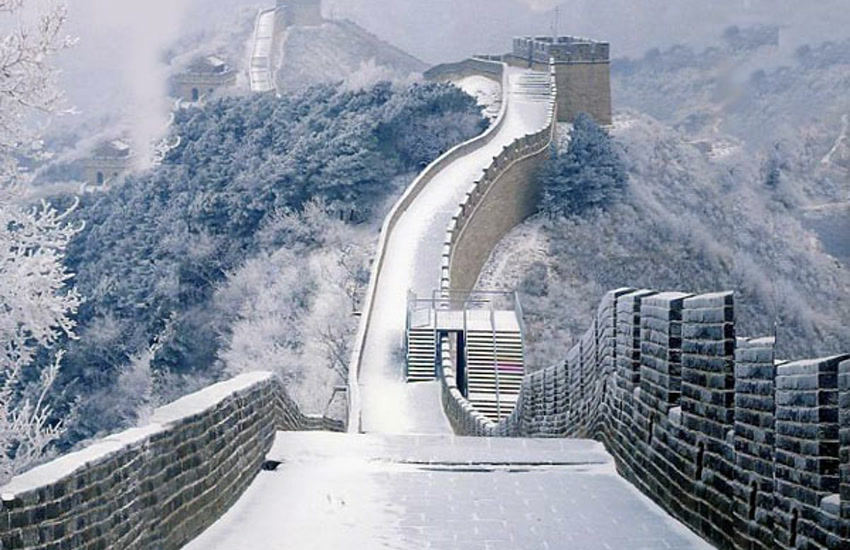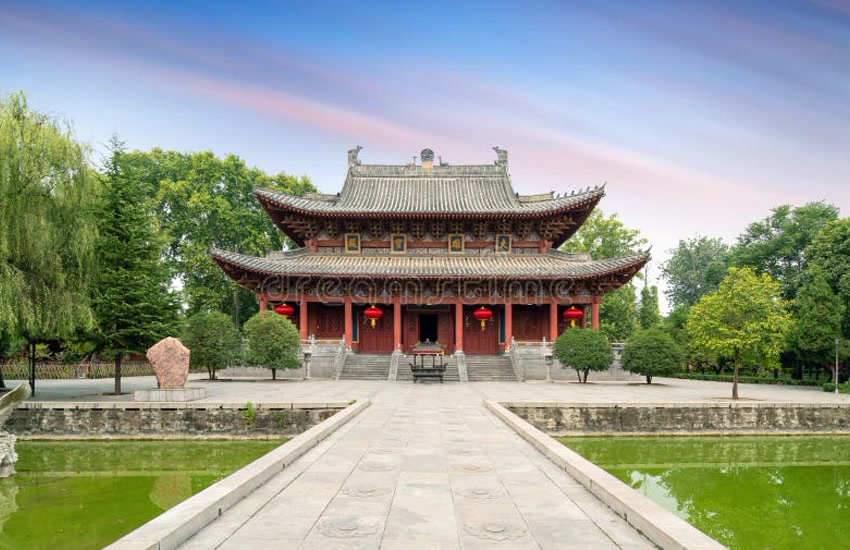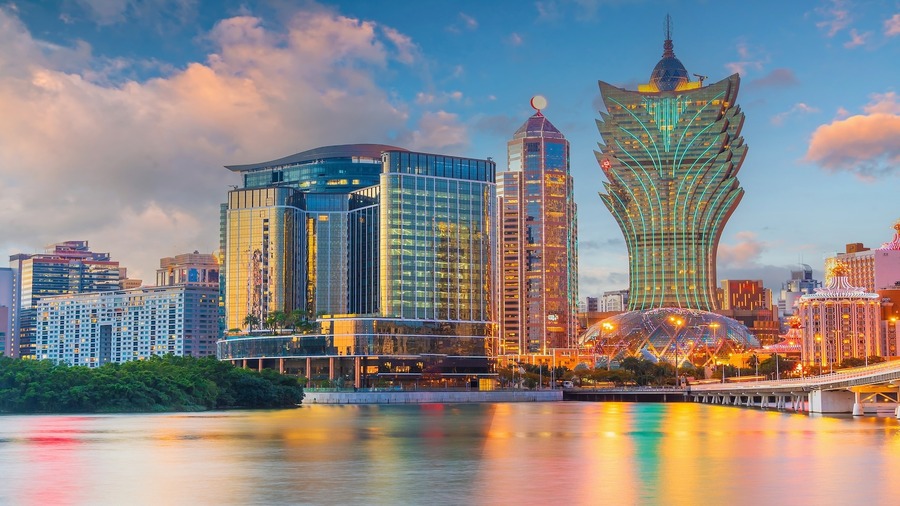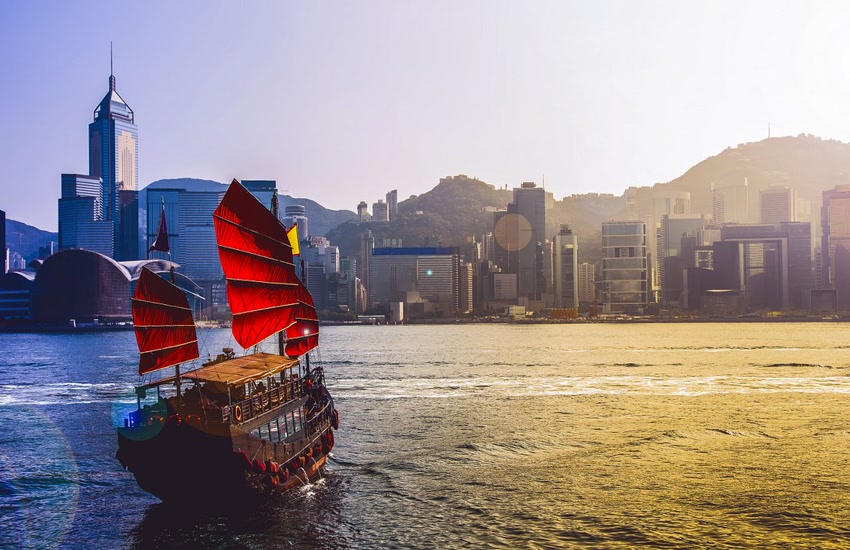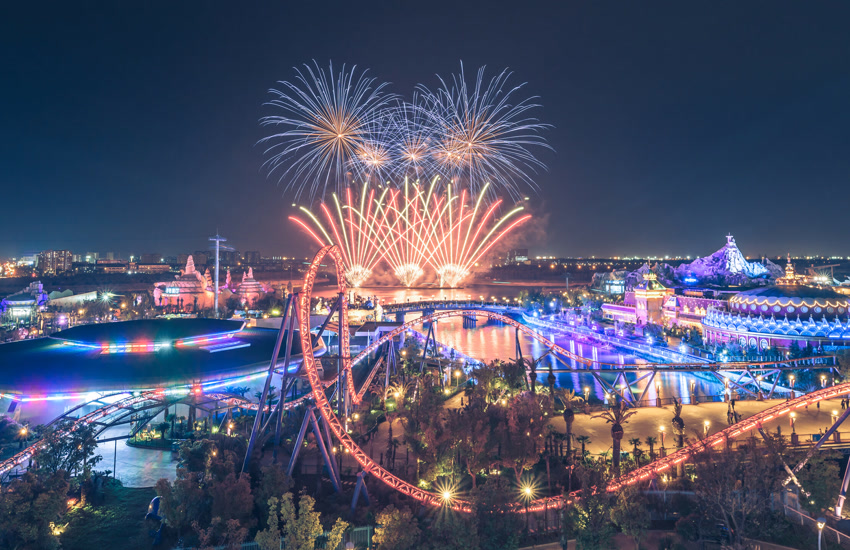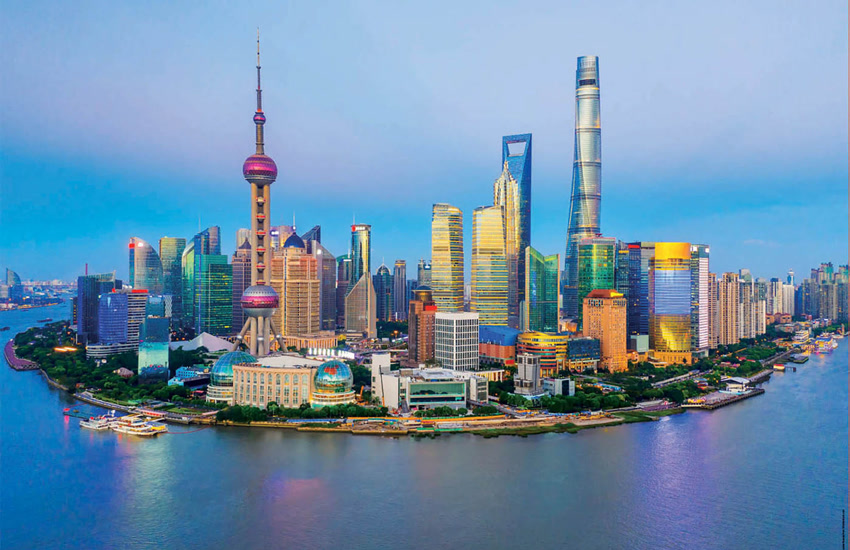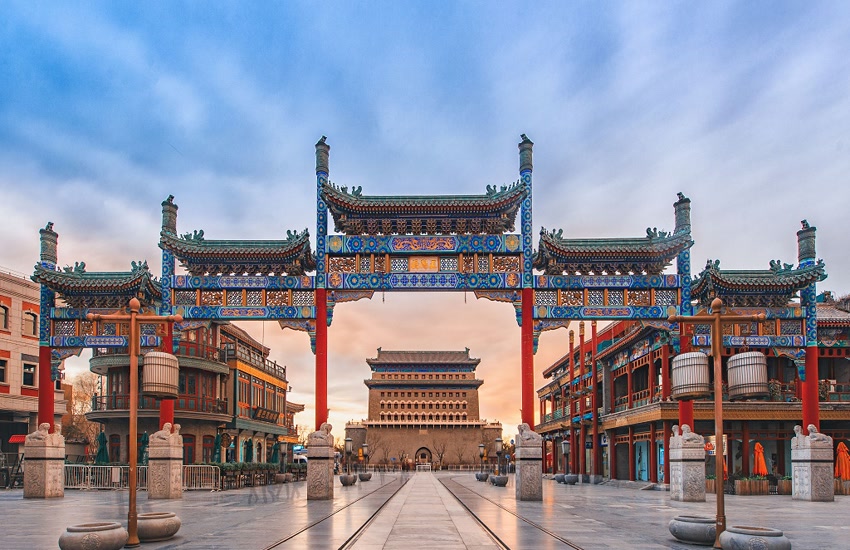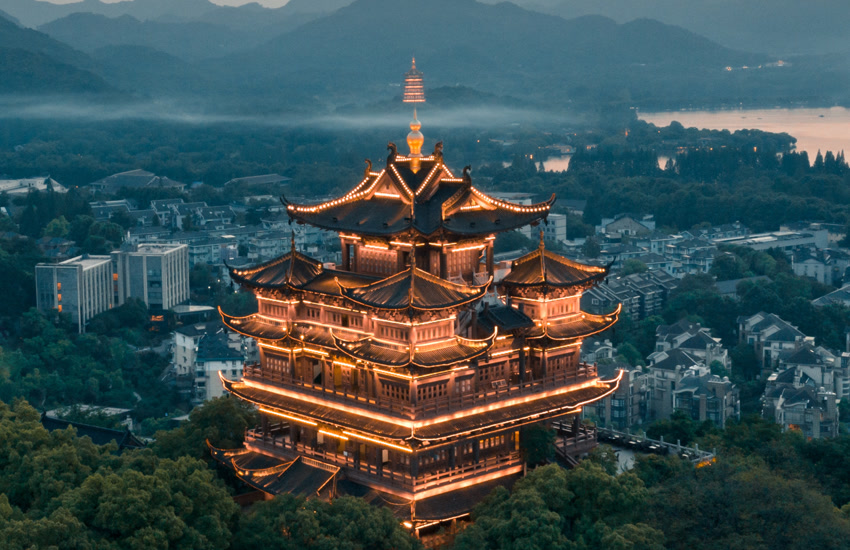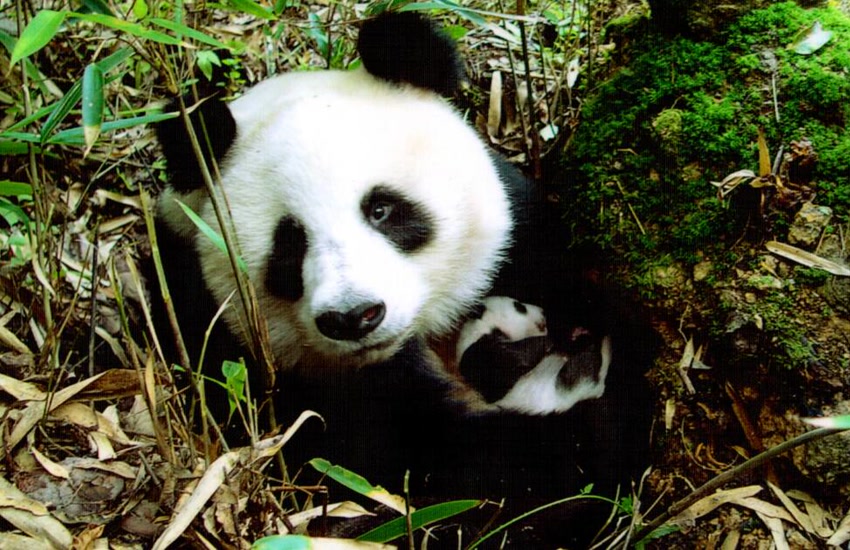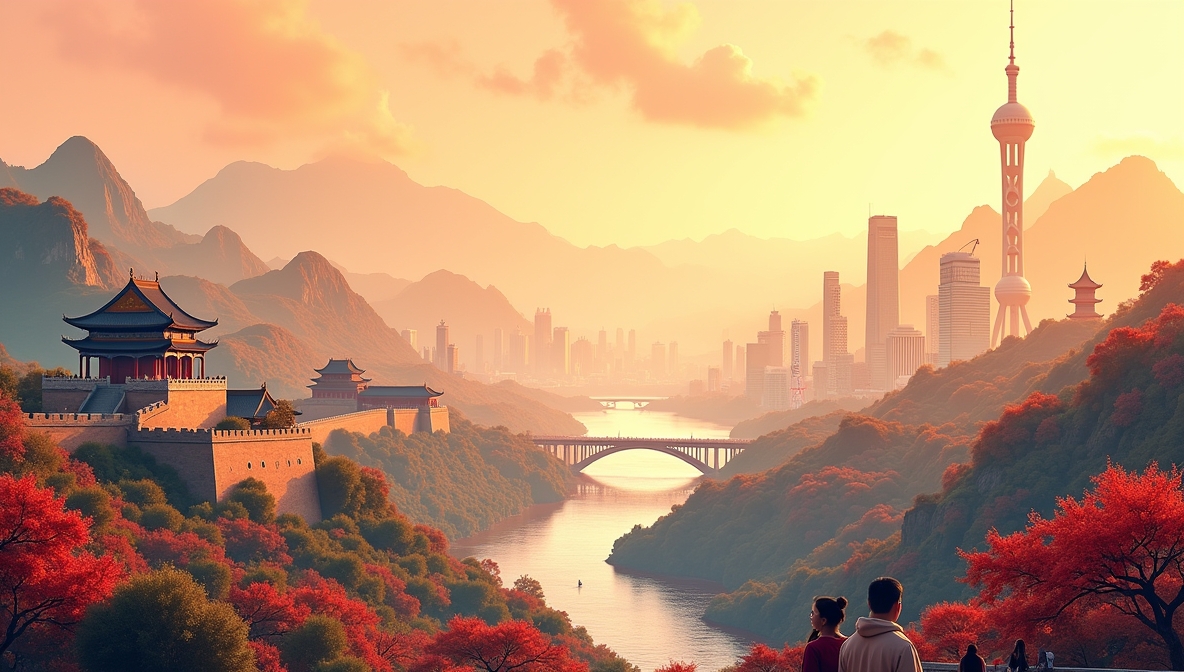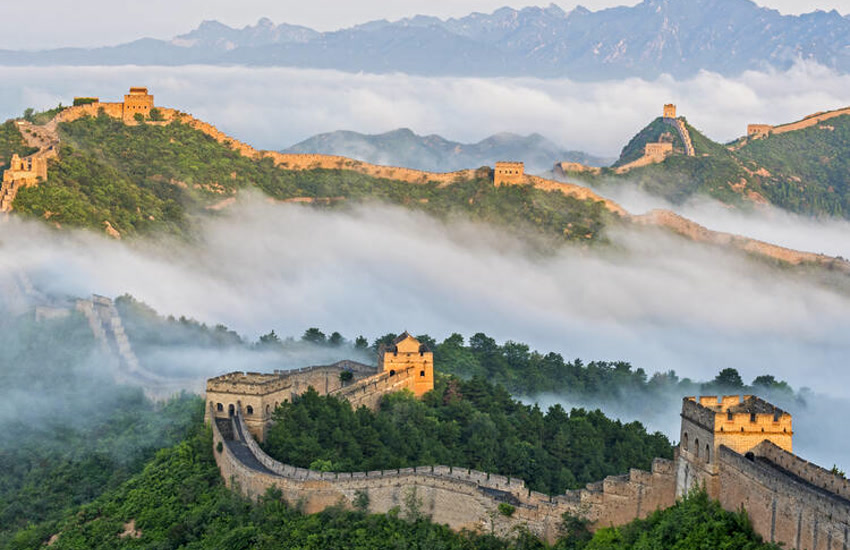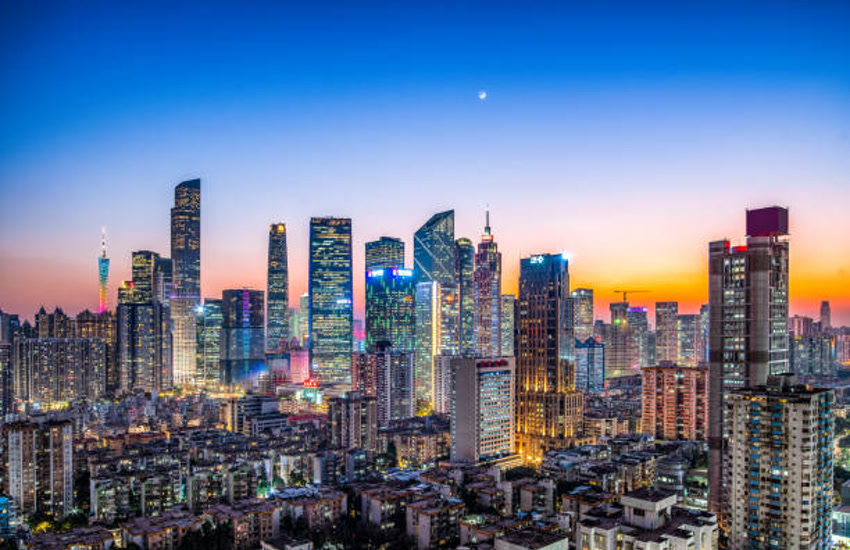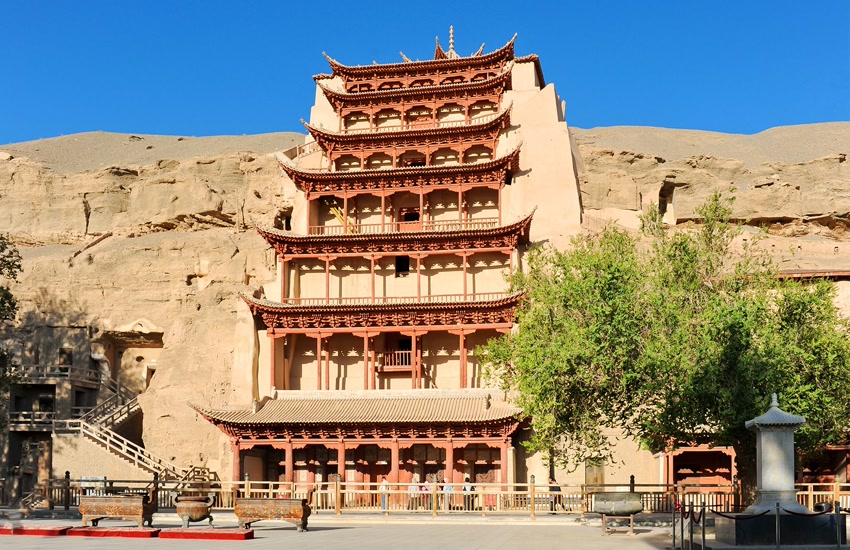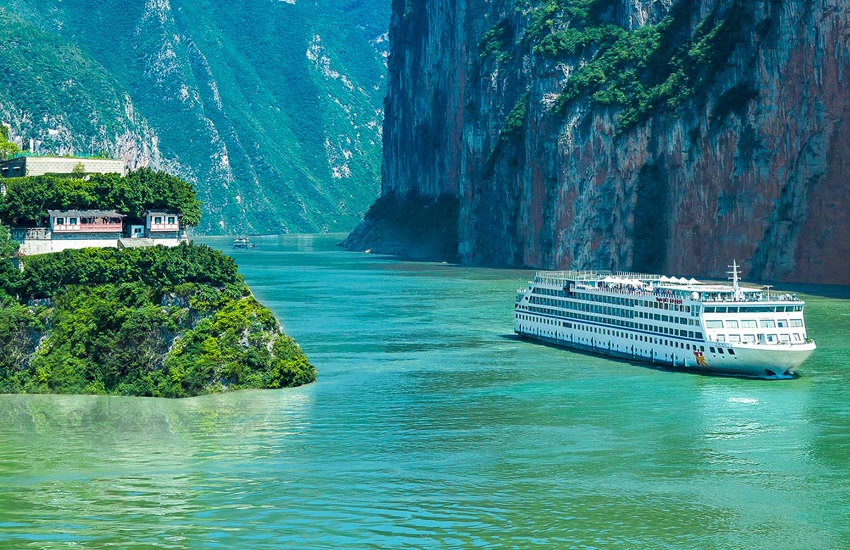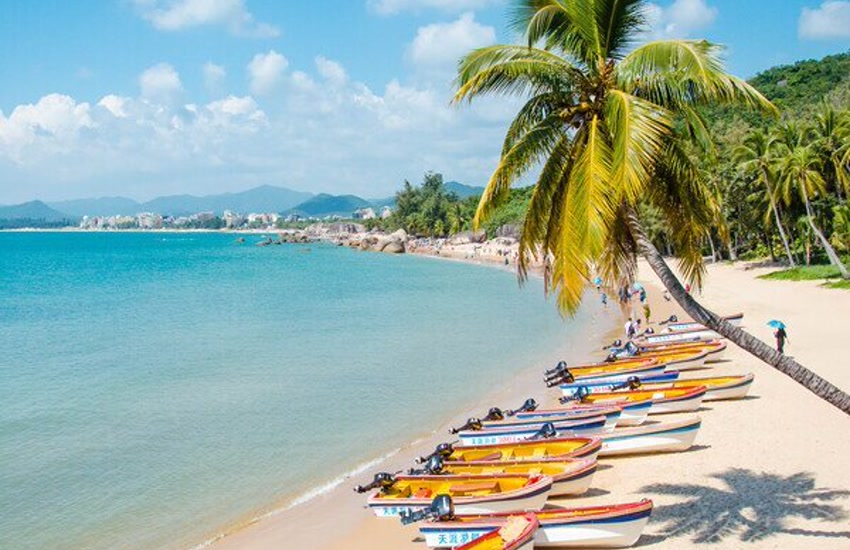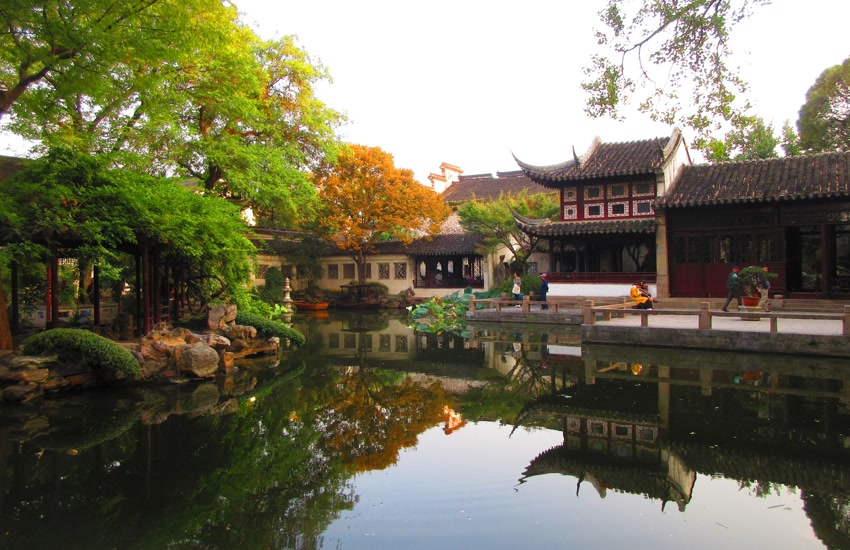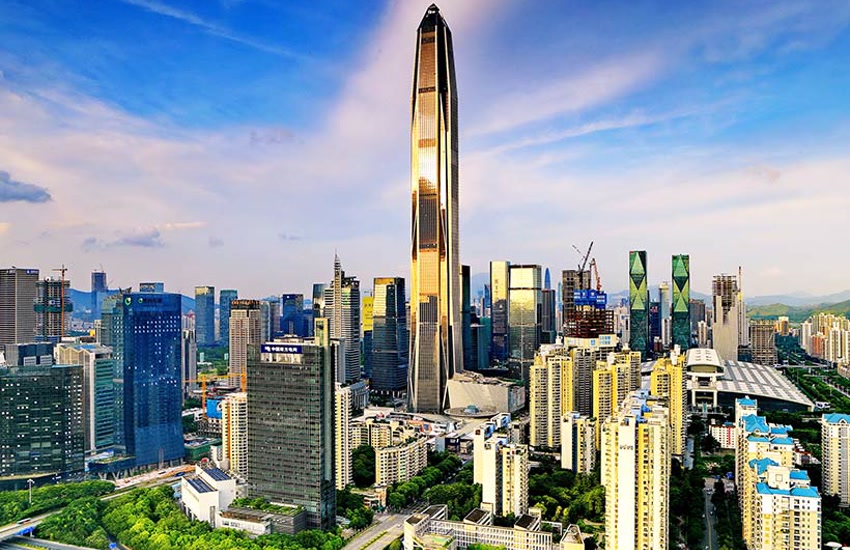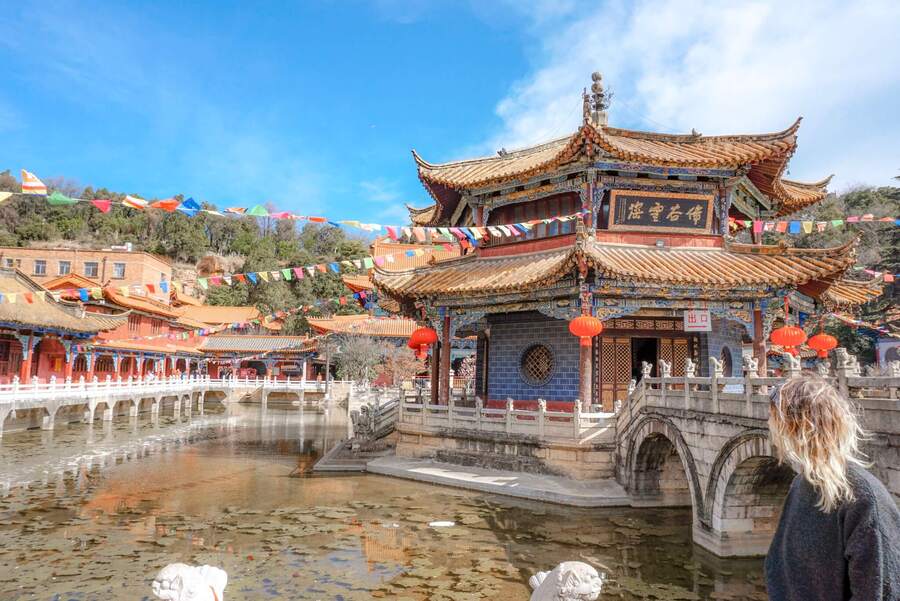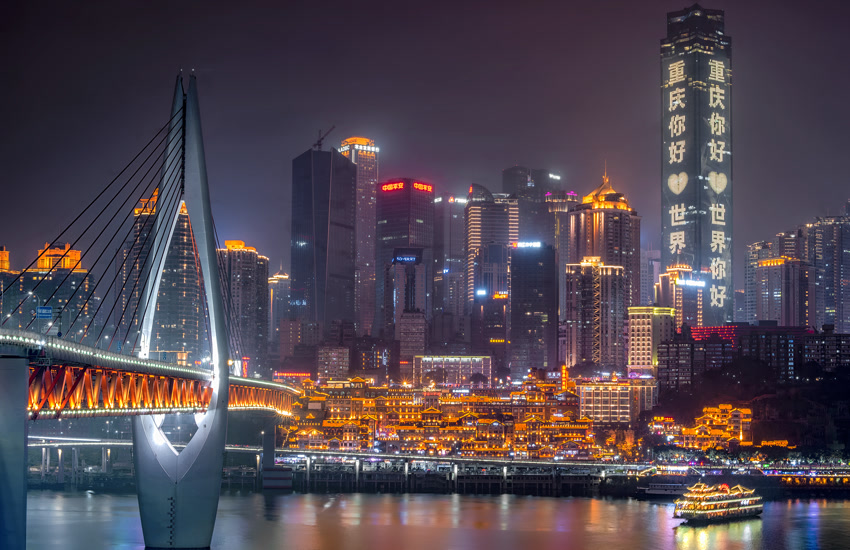
Okay folks, get ready, because we’re diving into one of China’s most dynamic and exhilarating cities: Chongqing. This isn’t your typical tourist postcard destination. This is a place where every street pulses with energy, where history and modernity clash and coexist, and where every meal sets your taste buds on fire.
Reaching for the Sky: A City of Architectural Ambition
Defining the Skyline
Let’s begin with the skyline. Chongqing is not just a city with tall buildings. It is a vertical masterpiece that reflects ambition, power, and rapid transformation. Every building here seems to tell its own story.
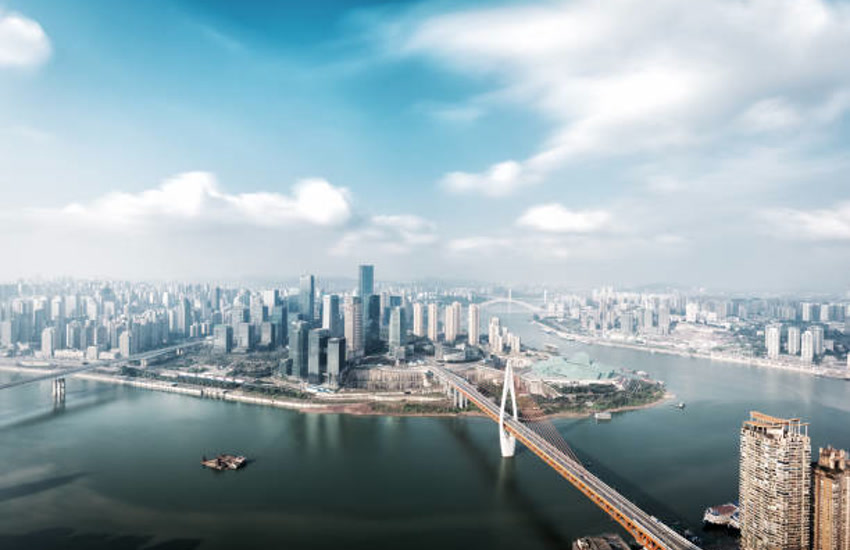
The International Land-Sea Center
The tallest among them is the International Land-Sea Center. Rising to 458 meters, it towers above the Jialing River. This building is more than a feat of engineering. It stands as a symbol of Chongqing’s emergence as a global city. For travelers planning a detailed china trip itinerary, this landmark is an essential visual highlight.
Other Architectural Marvels
Chongqing is filled with architectural surprises. Take Raffles City Chongqing, for example. This group of eight skyscrapers, designed by Moshe Safdie, features a horizontal skybridge that connects four of the towers. It is both futuristic and beautiful. When viewed from across the river, the skyline becomes a sculpture of glass, steel, and imagination. These buildings are not just functional. They define one of the most iconic skylines in all of China.
Beyond the Skyscrapers: Exploring Chongqing’s Cultural Depths
Wandering the Streets
The modern skyline is impressive, but the real depth of Chongqing is found in its streets. Explore the alleyways and you will find local markets, teahouses, street vendors, and slices of everyday life. There is a rhythm to this city that only reveals itself when you walk without a destination.
This is also where you will encounter subtle cultural diversity. While Chongqing is not known for ethnic minority communities the way gui zhou miao jia villages are, you can still find touches of regional flavor and heritage throughout its neighborhoods.
Historical Attractions
Chongqing played a major role during World War II as the wartime capital of China. To learn more, visit the General Stilwell Museum. It provides a fascinating look at the cooperation between China and the United States during one of the most intense periods in modern history.
Ciqikou Ancient Town
To step even further back in time, head to Ciqikou Ancient Town. Located on the banks of the Jialing River, this historic village features narrow cobblestone streets, red lanterns, and preserved architecture. It offers a quiet, nostalgic break from the high-rises. For many travelers building a flexible china travel itinerary, Ciqikou is one of the most peaceful yet memorable stops.
A Fiery Feast: Chongqing’s Culinary Obsession
Chongqing Hot Pot
Food is at the heart of life in Chongqing. The signature experience is hot pot. Unlike milder broths found in other cities, Chongqing hot pot is an explosion of flavor and spice.
You sit around a bubbling pot filled with red chili oil, dipping meats, vegetables, tofu, and even mushrooms into the intense mixture. Locals treat it like a ritual, and it truly is one of the most unmissable things to do in chongqing chongqing.

Other Delicacies
The food culture does not end with hot pot. Be sure to try Chongqing Xiaomian, a spicy noodle dish that is simple, fast, and deeply satisfying. Other must-eats include stir-fried rabbit, chili-crusted skewers, and pickled vegetables. Travelers who enjoyed beijing barbecue or food tours in Chengdu will find this region just as thrilling, if not more adventurous.
If you are looking for a culinary souvenir, skip the pearl market beijing and visit a Chongqing spice shop instead. Pick up local chili oil, Sichuan peppercorns, or a pack of hot pot base to take a piece of the city home with you.
Planning Your Trip: Tips and Tricks for Navigating Chongqing
Travel Tips
So, you’re convinced that Chongqing is worth a visit? Excellent! Here are a few tips to help you plan your trip.
Best Time to Visit
Spring and autumn are ideal seasons for a visit. The air is cooler and the views are clearer. Summer can be extremely hot and humid. Winters tend to be foggy and damp, though they do give the city a certain mystical charm.
Getting Around
Chongqing’s public transportation system includes buses, taxis, and a modern metro. The metro is especially helpful for navigating the central districts. If you want to connect with other travelers, consider asking your hotel or hostel for a wechat group link. Local WeChat groups often organize events and food crawls, which are great for discovering hidden gems.
Where to Stay
The Jiefangbei district is the city’s commercial core and a great base for exploring. You’ll find a mix of hotels, restaurants, and malls. Whether you are traveling on a budget or seeking luxury, there are many options to choose from.
Language and Currency
Mandarin is the official language of Chongqing. While some people in tourist areas speak English, learning a few basic Mandarin phrases will go a long way. Payments are mostly digital. Locals use Alipay and WeChat Pay for everything from train tickets to snacks at street stalls. Be sure to set up your payment method before you arrive.
The currency is the Renminbi (RMB), also known as the Yuan.
Visa and Itinerary Advice
Most travelers can stay in China for up to 30 days on a tourist visa. Make sure to check the current policy for your passport before booking. The best route to go to china right now is usually by air via Chengdu or Shanghai, followed by a short high-speed train ride. If you are planning to visit multiple cities like Beijing, Zhangjiajie, or Guilin, Chongqing fits well into a two-week or three-week china itinerary.
Chongqing: A City That Stays With You
Chongqing is not a city you simply check off your list. It is a place that engages every sense and leaves an impression long after you leave. The skyscrapers tell a story of ambition. The alleyways whisper memories of the past. The food grabs your attention and refuses to let go.
This is a city of layers, contrasts, and energy. Whether you are curious about modern China or drawn to its traditions, you will find both sides here, side by side. For anyone planning a china travel plan that includes adventure, history, and unforgettable flavors, Chongqing belongs at the top of the list.
So get your ticket. Learn a few local phrases. And whatever you do, bring your appetite.
Discover our others destinations guide:



